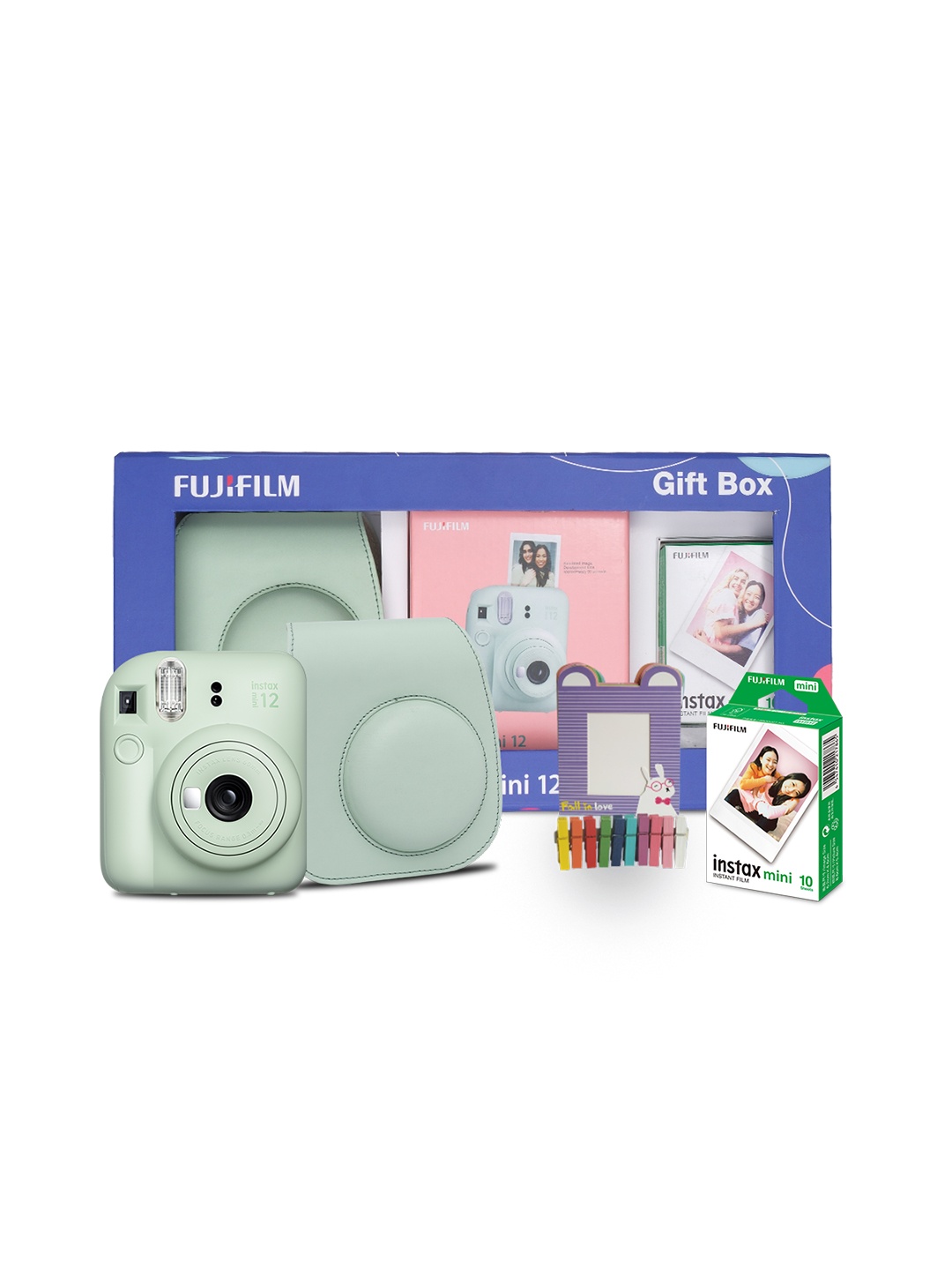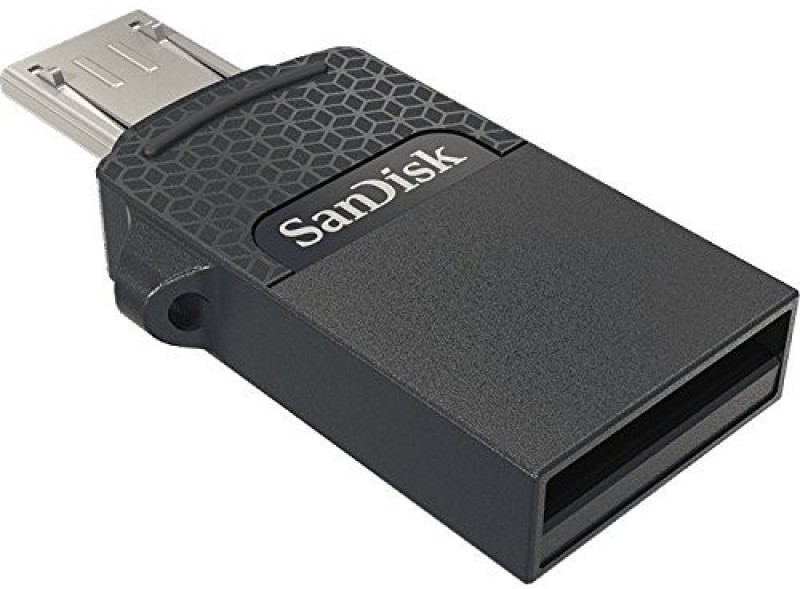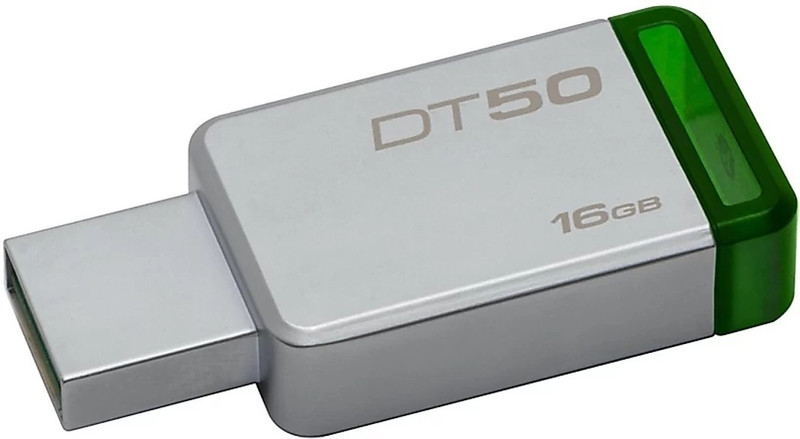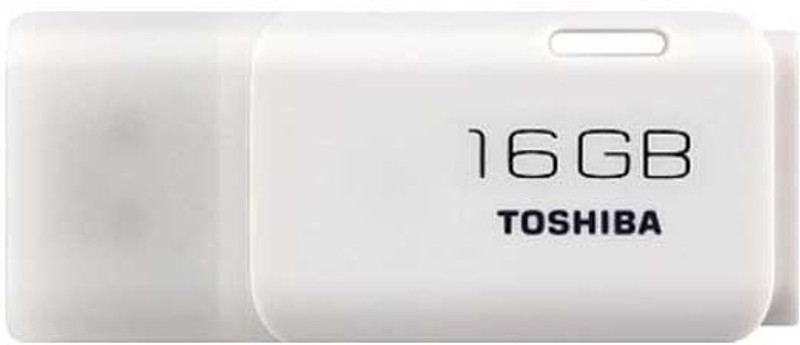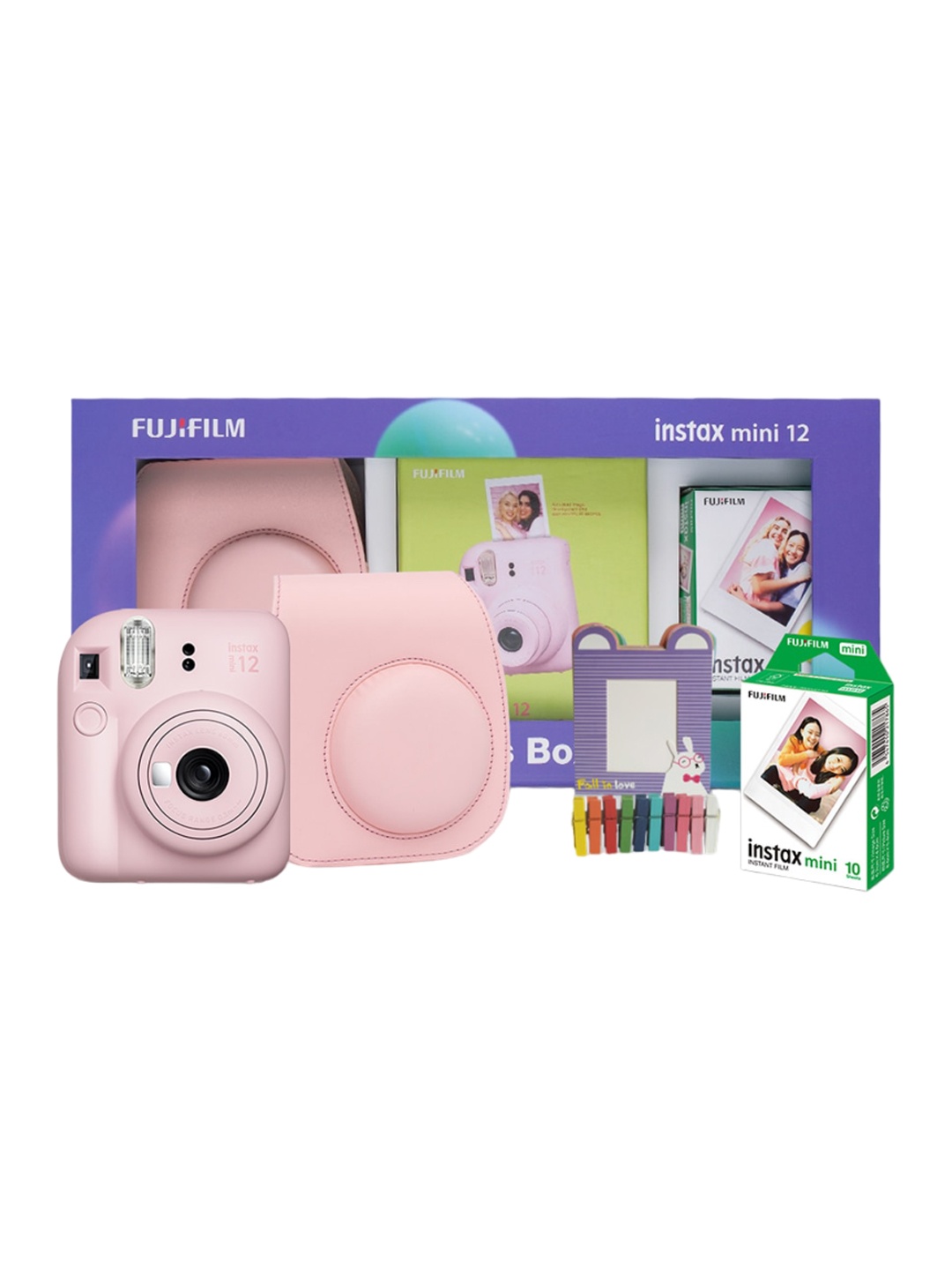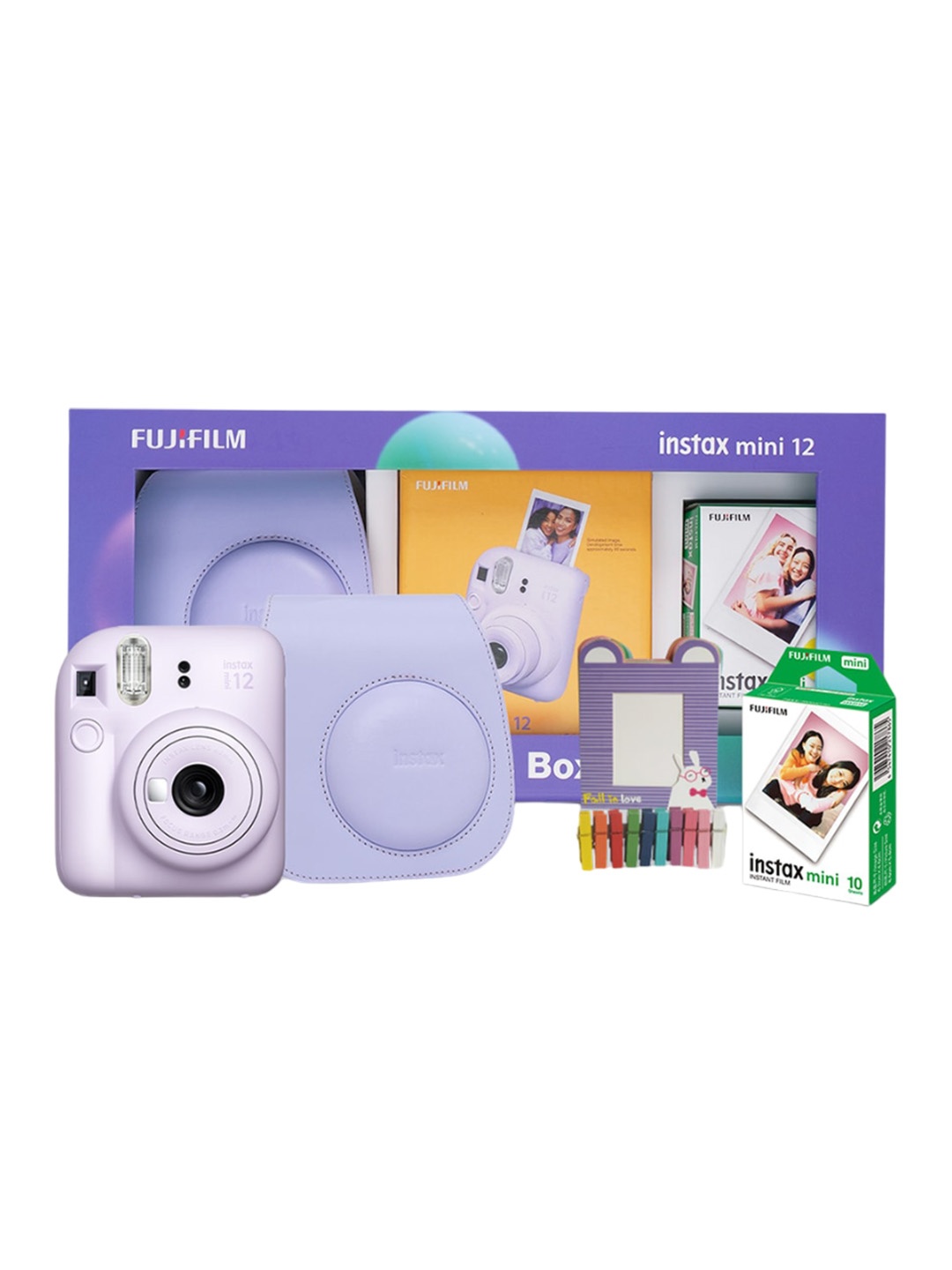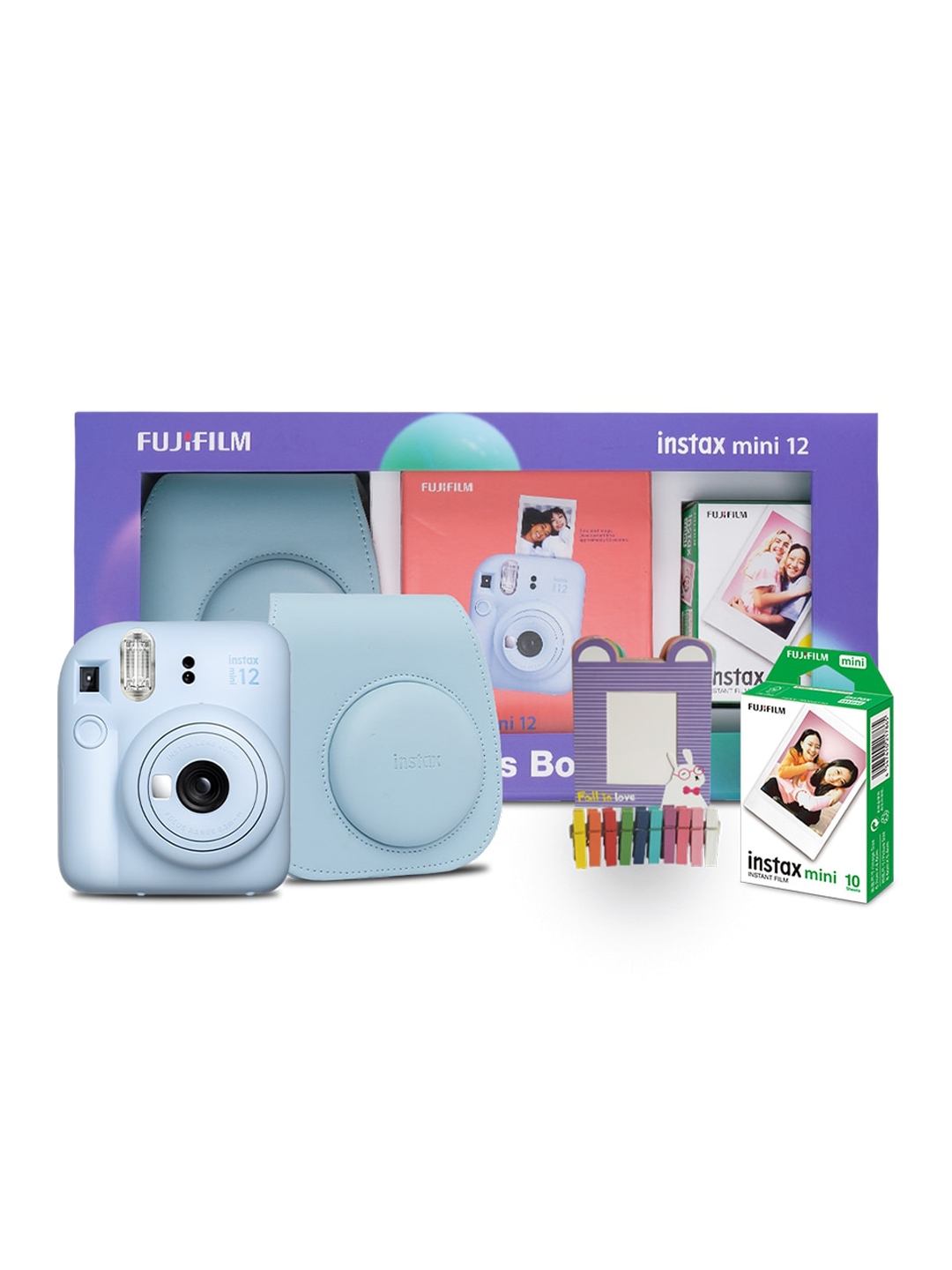Buying A Water Purifier? Here Is How To Pick The Right One On Flipkart From MarQ, Pureit To Livpure

Let's face it, trusting your drinking water from most sources is no longer simple. With rising concerns over water contamination, it's no wonder more households are investing in water purifiers. But with UV, RO, UF, TDS controllers, and mineral boosters all being thrown into the mix, choosing one can feel like you're building a spaceship, not shopping for kitchen essentials. Water purity isn't just a health concern, it's also a matter of daily comfort and peace of mind. Whether you're sipping your first glass in the morning or boiling a pot for pasta, knowing your water is clean and safe is non-negotiable.
Let's dive into the different types of purifiers, what they do and, from MarQ, Pureit, Livpure, Aquaguard to Kent, here is how to pick one on Flipkart that fits your needs, whether you live in a flat in Mumbai, a bungalow in Delhi, or anywhere in between.
1. RO Purifiers: When Your Water Is Too Hard to Handle
If your water supply tastes like a spoonful of salt and leaves your steel utensils looking cloudy, you're probably dealing with hard water. RO (Reverse Osmosis) purifiers are designed precisely for this. They work by pushing water through a semipermeable membrane, filtering out dissolved salts, heavy metals like lead and arsenic, and even the nasties you can't see.
They're ideal for areas where water comes from borewells or tankers, basically, anywhere that doesn't rely on municipal supply. However, they do waste some water during purification, which might feel a bit guilt-inducing in a water-scarce region. Some newer models come with recovery tech to reduce wastage, worth the extra buck if you ask anyone who's had to carry buckets in summer.
2. UV Purifiers: The Germ-Busters
Imagine a mini sun inside your purifier; that's how UV water purifiers work. They use ultraviolet rays to zap bacteria, viruses, and microbes, rendering them harmless. The best part? They do it without altering the taste, smell, or chemical composition of your water.
These are great if your water is generally clear and low on dissolved salts but might be harbouring invisible guests (read: germs). Perfect for cities with treated municipal water but occasional contamination through old pipelines or rooftop tanks.
One catch, UV doesn't remove dissolved solids. So if your water tastes off or has high TDS, UV alone won't cut it. Think of this as a specialist, not a multitasker.
3. UF Purifiers: Simple, Non-Electric Saviours
No electricity? No problem. UF (Ultrafiltration) purifiers are like the old-school reliable friend who may not be flashy but always shows up. These purifiers use a membrane to filter out bacteria and suspended particles without needing power.
They can't remove dissolved salts or heavy metals, so they're best for relatively clean water supplies. On the bright side, they're super low maintenance and perfect for rural areas or homes with frequent power cuts. And if your kids are learning to be independent, this might be the only purifier they won't accidentally reset.
4. Activated Carbon Filters: Smell-Be-Gone
Ever poured yourself a glass and thought, “Why does this smell like the swimming pool?” That's chlorine. Activated carbon filters are the heroes that fix it. They work by absorbing impurities like pesticides, chlorine, and other organic contaminants that make your water taste or smell weird.
You'll often find carbon filters built into other systems like RO or UV purifiers, acting as a supporting cast. But you can also buy standalone carbon filter pitchers or taps for light purification needs.
They're not meant to purify heavily contaminated water but are perfect for improving taste and removing odours. So if your complaint is more “ew” than “emergency,” this is a good place to start.
5. Gravity-Based Purifiers: Budget-Friendly and Portable
Let's say you're renting, moving often, or simply don't want to drill holes in your kitchen wall. Gravity-based purifiers are no-fuss, affordable, and completely electricity-free. They use a combination of sediment filters and activated carbon to clean water, slowly, but surely.
While they're not the most advanced in removing serious contaminants, they're a great fit for areas with treated municipal water. Think of them as the entry-level bicycle in the world of water purification: not for a race, but good enough to get you there.
They also make excellent backups when the electricity goes or your main purifier's due for service.
6. TDS Controllers and Mineral Boosters: Keeping The Good Stuff In
One major gripe with RO purifiers? They can be a bit overenthusiastic, removing not just the bad, but also the good stuff like calcium and magnesium. That's where TDS controllers and mineral boosters come in.
A TDS controller allows you to retain a certain level of Total Dissolved Solids in your water, ensuring it doesn't taste too flat. Mineral boosters reintroduce essential nutrients lost in the RO process, making the water taste fresh and keeping it genuinely nourishing.
Look out for these features if you're going the RO route. After all, what's the point of filtered water if it leaves you nutrient-deficient?
Best for: RO systems used daily by families, especially with kids or the elderly.
Also Read: What Makes A Water Purifier Truly Effective: Top Features To Look For?
7. Hot And Cold Water Purifiers: Convenience Meets Clean
Some newer water purifiers come with temperature control, hot water for your masala chai, and cold water for sultry summer afternoons. These are typically built on top of RO+UV bases but come with a heating element or cooling compressor.
Yes, they're pricier. But for offices, elderly users, or anyone who likes their green tea ready in seconds, they're a lifestyle upgrade worth considering. Just make sure to check energy consumption, especially if you plan to keep the hot water feature running all day.
Bonus: You'll never have to use the kettle again.
8. Smart Purifiers: App-Controlled Peace of Mind
Welcome to the age of smart homes, your purifier can now send alerts, track filter life, detect water quality, and even let you schedule maintenance via an app. It sounds over the top, but once you've had a purifier that notifies you before the water stops flowing, it's hard to go back.
Smart purifiers often come with multi-stage filtration systems (RO+UV+UF+carbon, etc.), so you're getting high performance with high convenience. Plus, they're sleek, minimal, and often wall-mounted, ideal for modern kitchens.
Just remember: smart doesn't mean invincible. You still need to change filters and keep it clean.
Best for: Tech-savvy households, working professionals, and smart home enthusiasts.
MarQ, Pureit To Livpure, Here Are 12 Products Related To This Article Now On Flipkart
1. Aqua Fresh Smoke Audi 18 ltr drink pure India 1st BIS
2. MarQ by Flipkart AQUA BIZ BLACK TPT 12 L RO
3. Pureit Wave Pro 7 L RO + MF + UV in Tank + Minerals Water Purifier
4. Kinsco Aqua Punch 15 L RO + UV + UF + Copper + TDS Control Water Purifier with Prefilter
5. LIVPURE LIV-PEP-PRO-PLUS+ BLACK 7 L RO + UV + UF Water Purifier
6. Aquaguard Delight NXT 6 L RO + MC Water Purifier
7. LIVPURE LIV-PEP-STAR-COPPER 7 L RO + UV + UF + Minerals + Copper Water Purifier
8. KENT 111108B//111108B ACE Alkaline 8 L RO + UV + UF + TDS Control + Alkaline + UV in Tank Water Purifier
9. DRIKIPO Cartridge for Prestige Water Purifier
10. Home-pro Stainless Steel Water Filter
11. AquaActive Hot Normal Cold Water Purifier RO
12. KENT 11138 Smart
So, what type of water purifier should you get? The answer depends on your water source, your family's needs, and, let's be honest, your tolerance for maintenance. If your water tastes odd, looks murky, or leaves residue in kettles and pans, it's time to take action. And, to make it easier for you, we have listed the top ones available on Flipkart from MarQ, Pureit, Livpure, Aquaguard to Kent.
A good water purifier doesn't just protect your health, it adds comfort and confidence to everyday life. From the morning cup of chai to the last bottle you fill before bed, every sip should feel safe, crisp, and refreshing. Choose wisely, stay hydrated, and remember: clean water isn't a luxury, it's a daily necessity. Let your water do the flowing, not the worrying.
Disclaimer: The images used in this article are for illustration purpose only. They may not be an exact representation of the products, categories and brands listed in this article.















